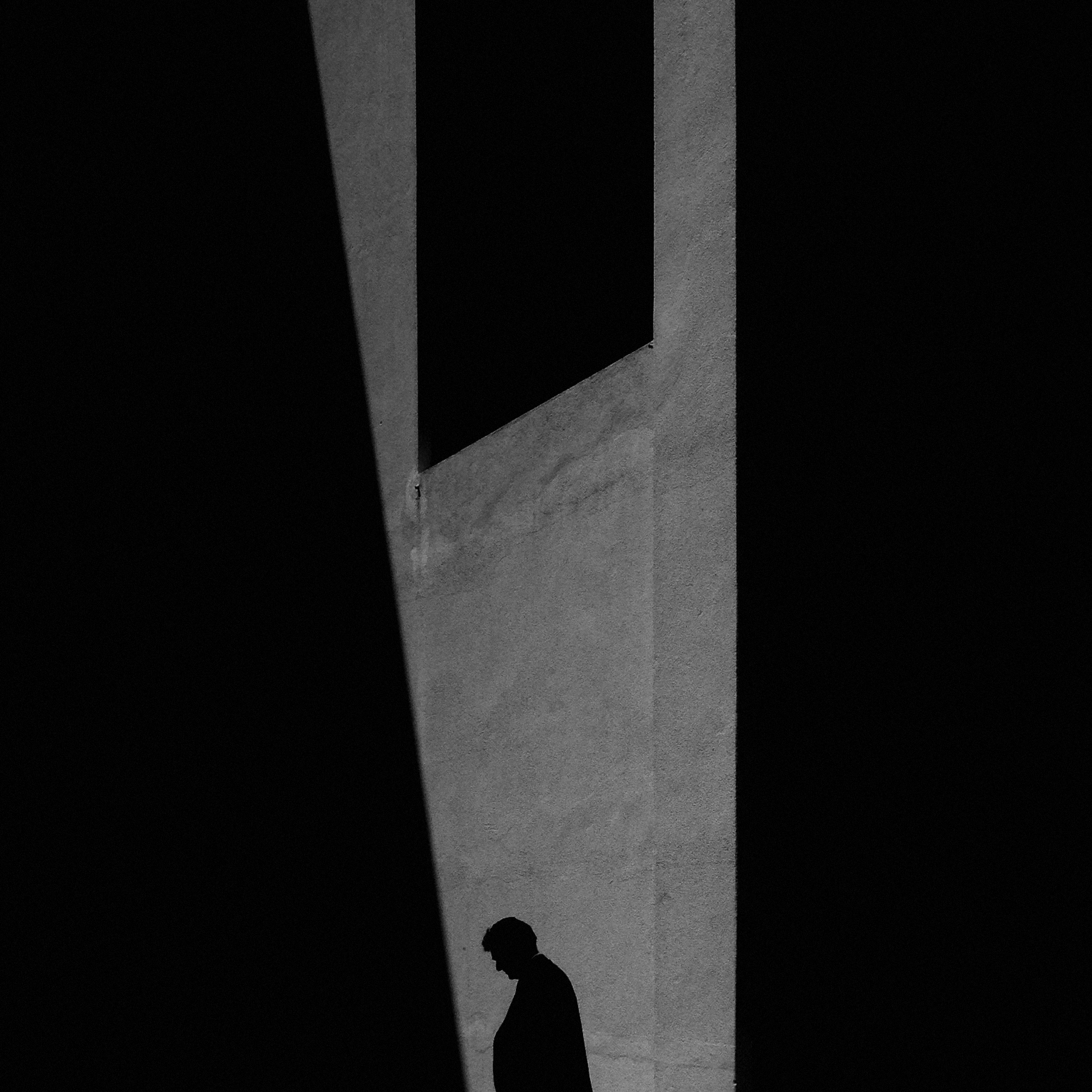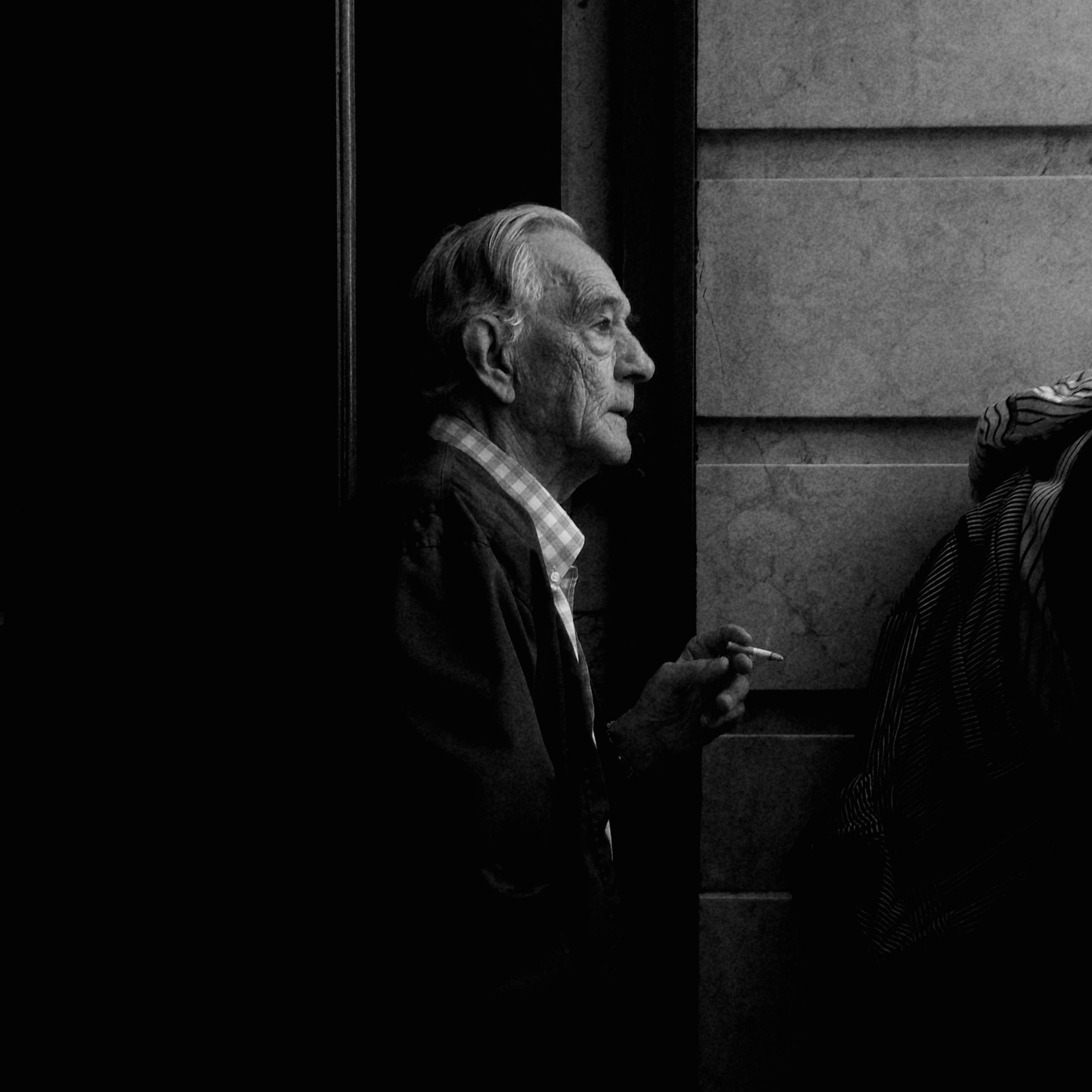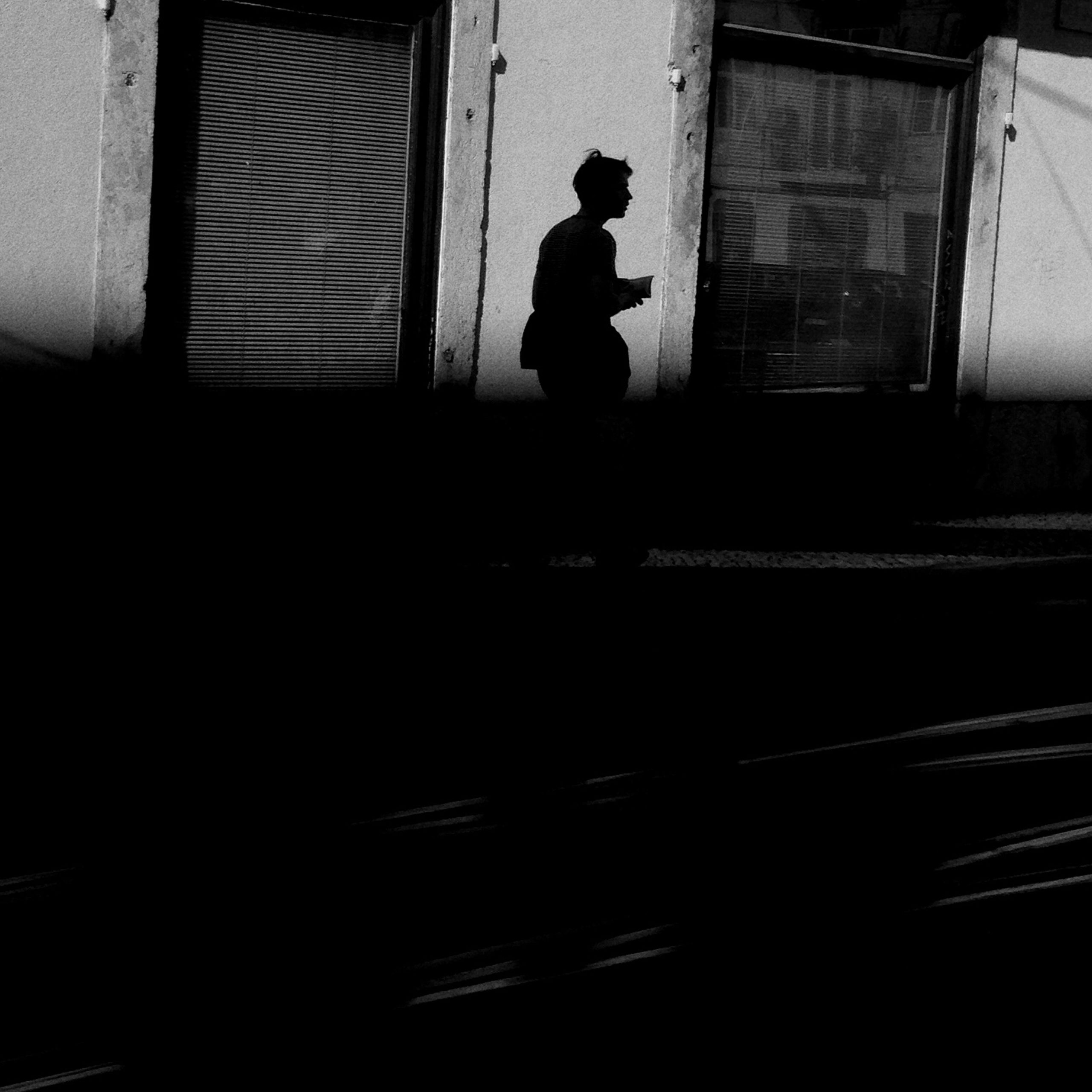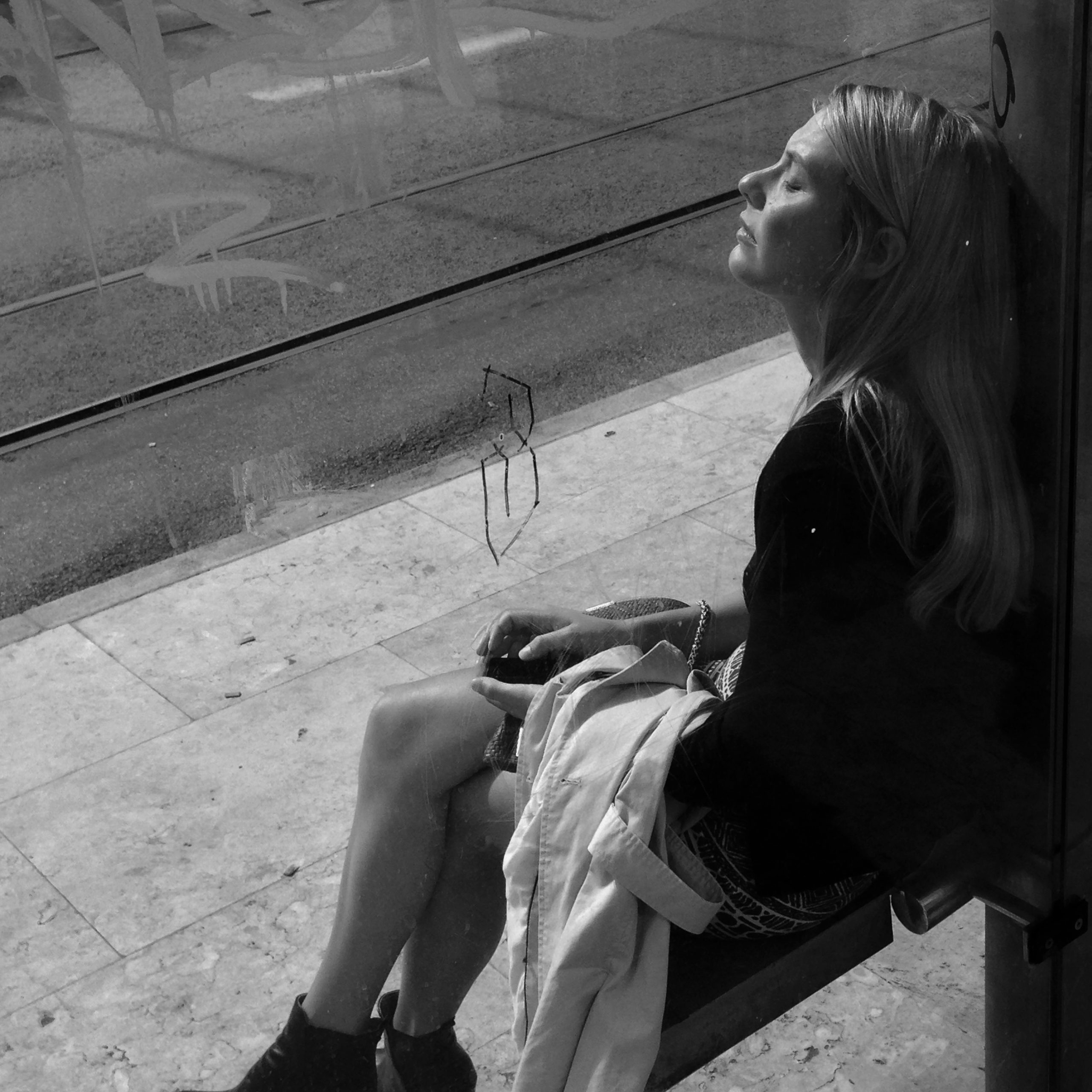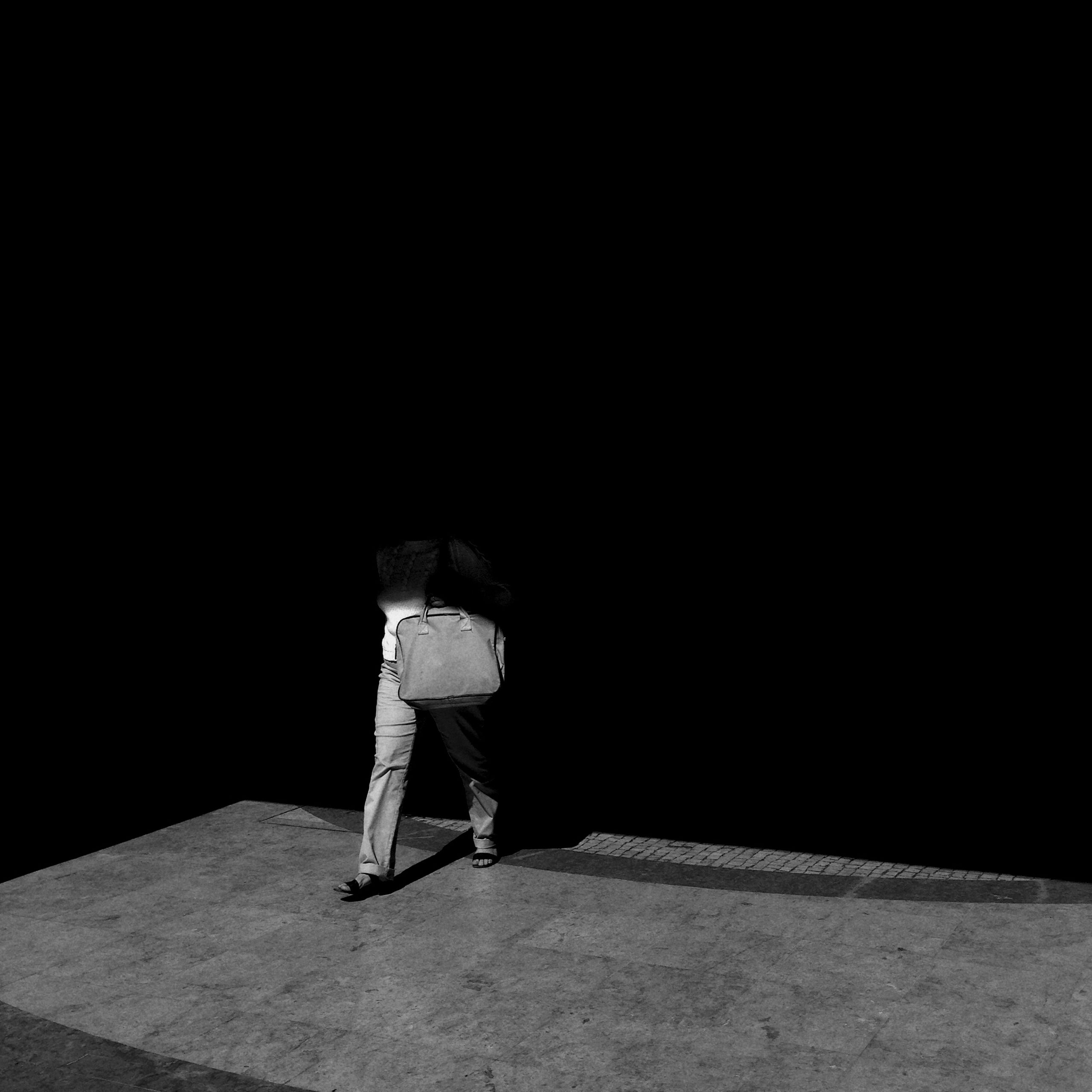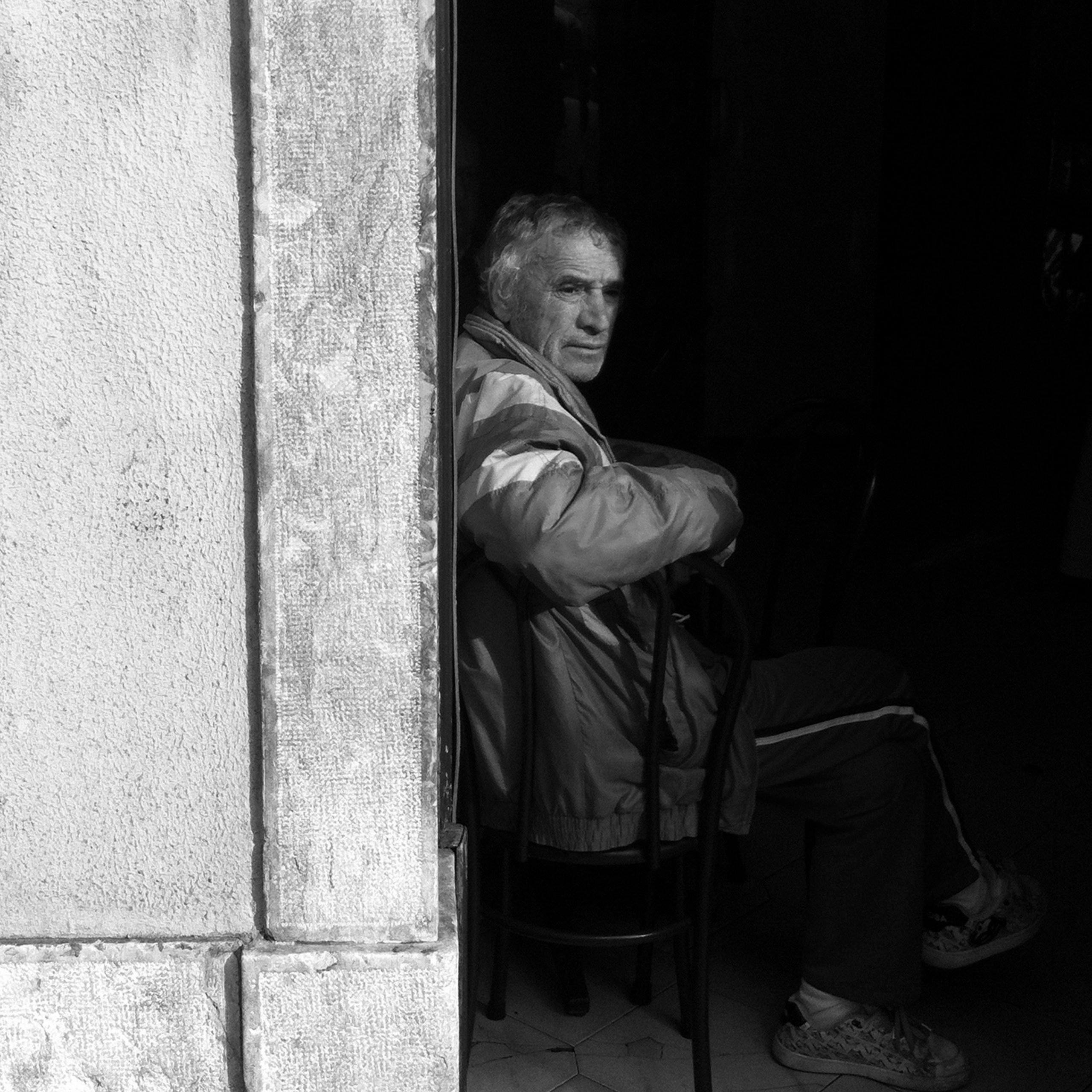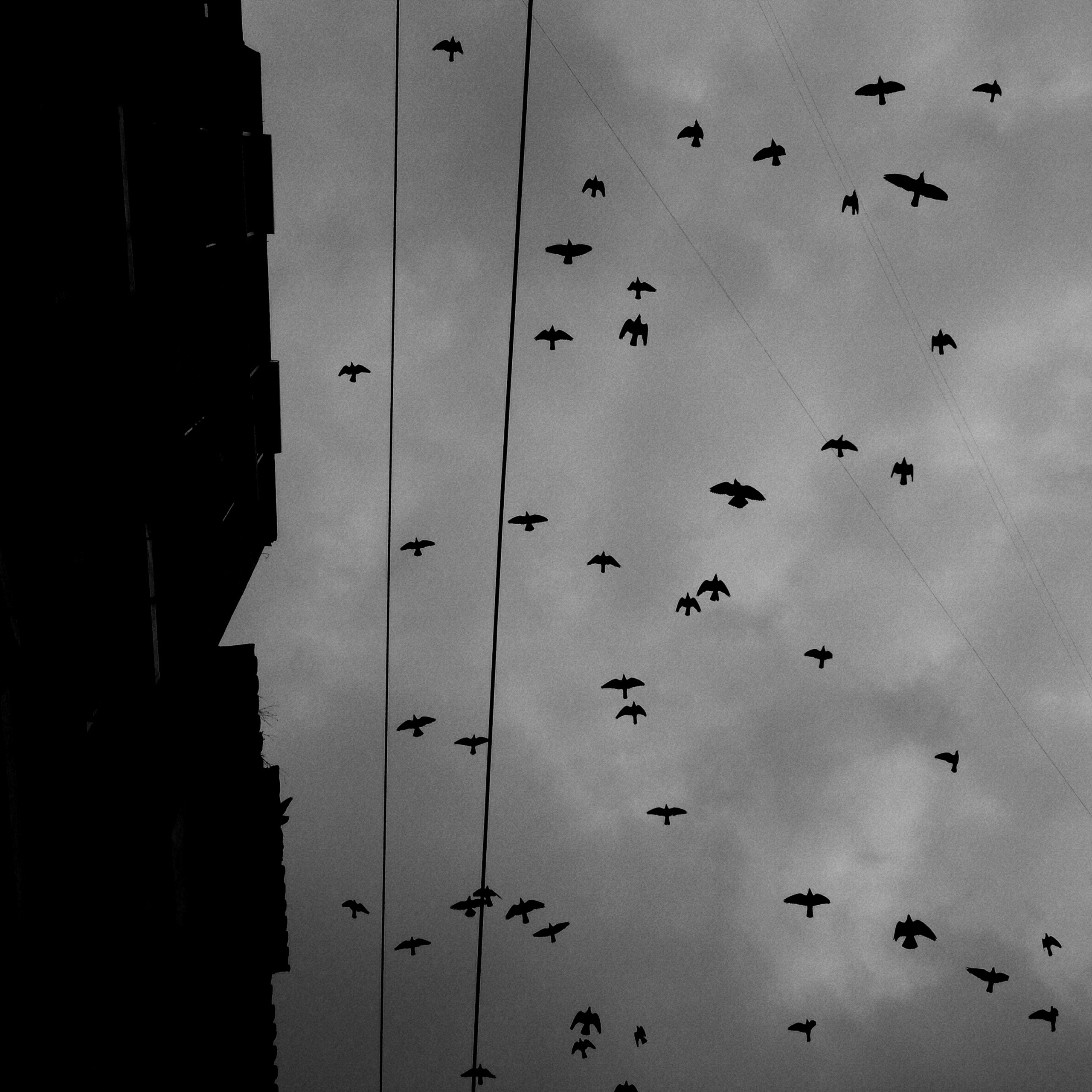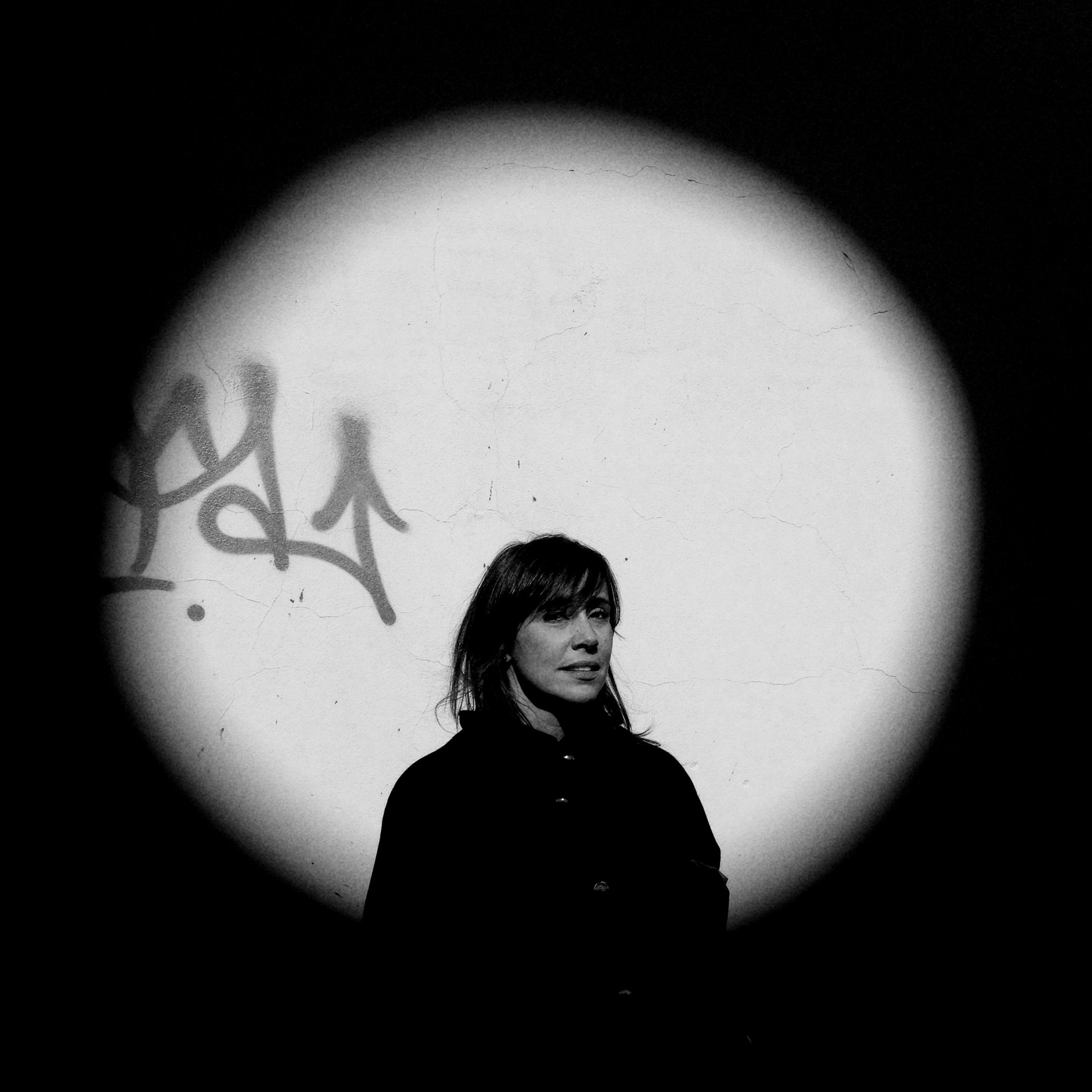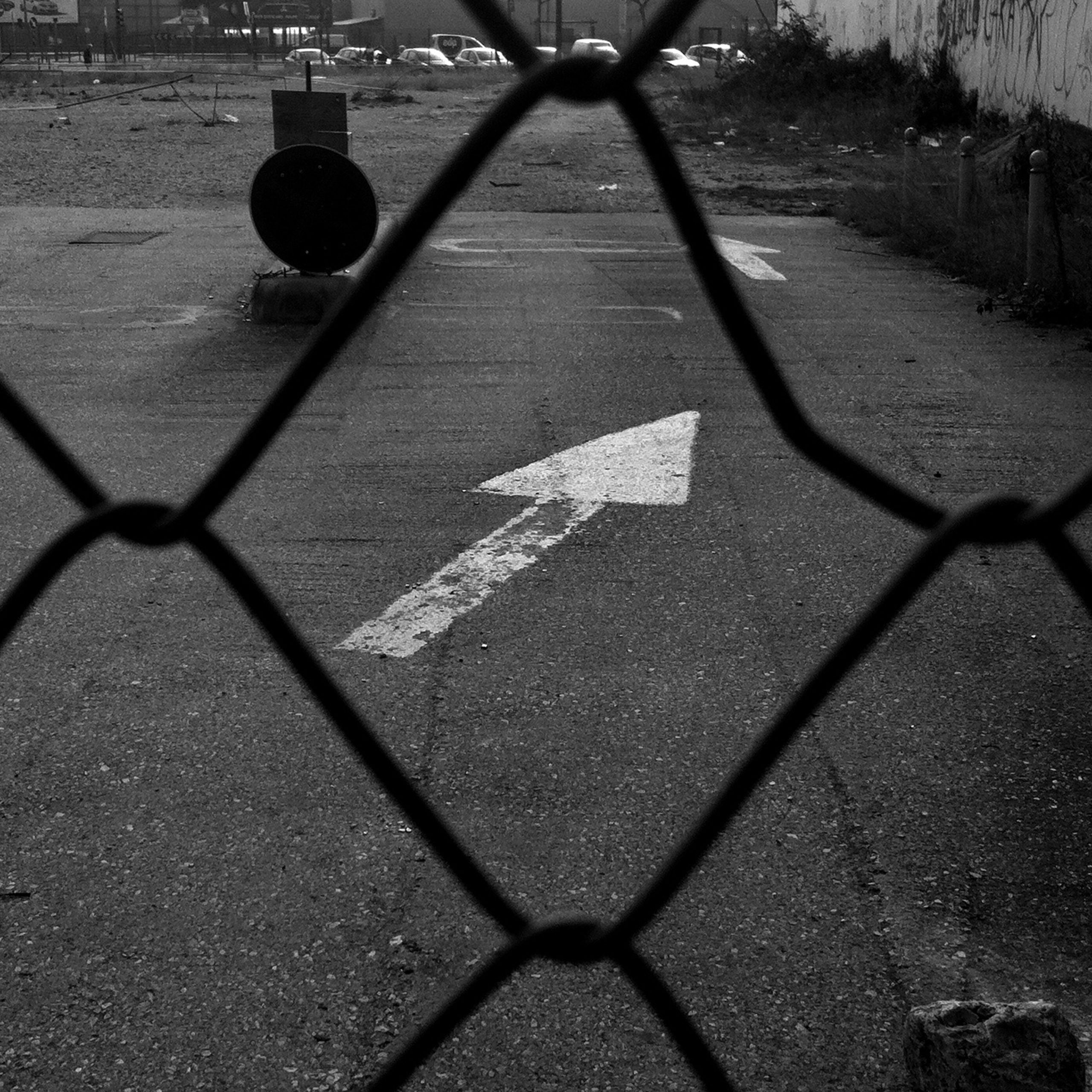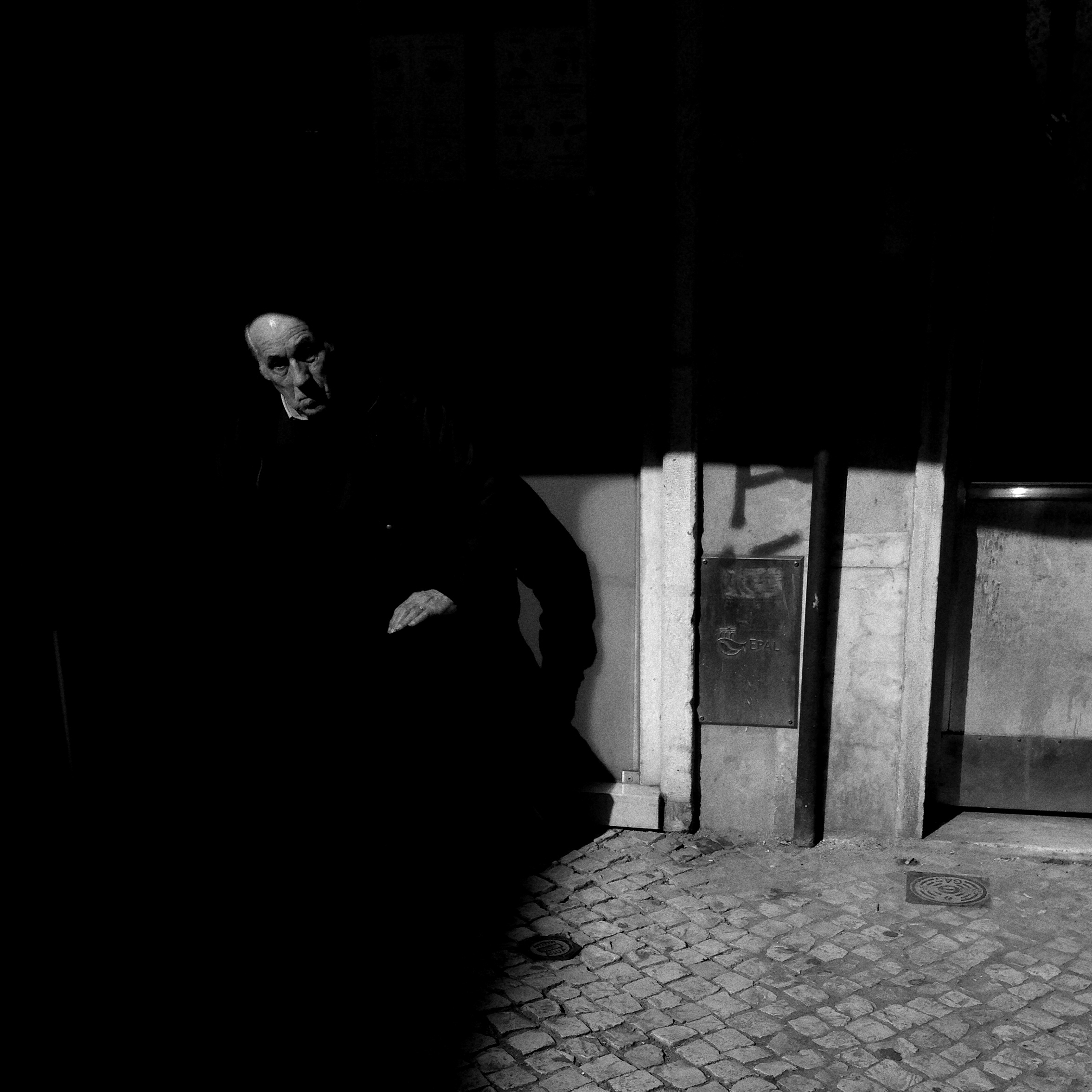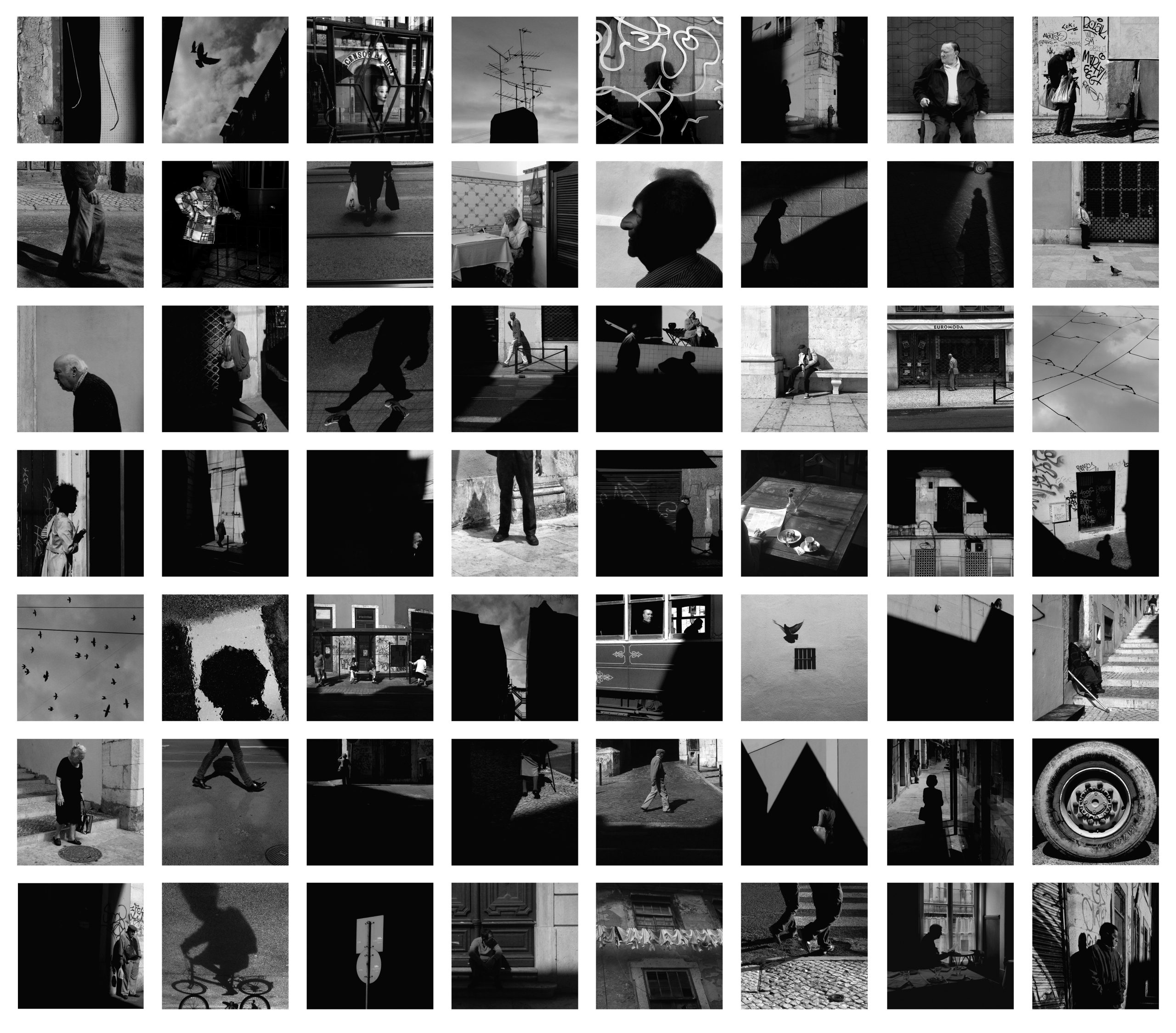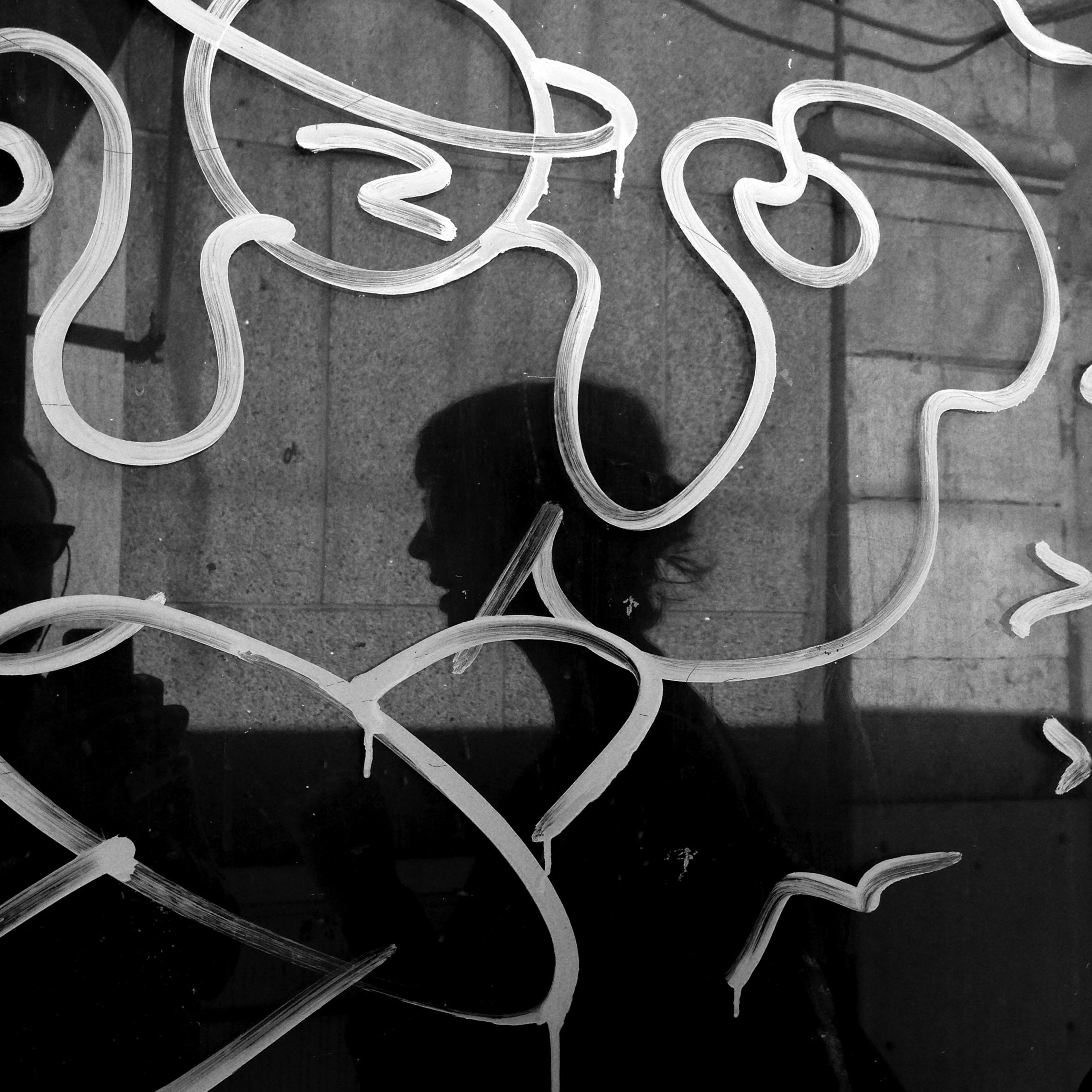

“Boavista” is an iconic street that connects downtown Lisbon to the Santos area. It was where I lived in 2014. Every day, I shared photographs I took on that street on my Instagram account.
What began as a simple habit turned into a kind of timeline, a visual diary of the street and its passing days. Looking back, it became a portrait of a city caught between past and future, just on the verge of change.
In 2014, Lisbon felt like a different city. It carried the weight of crisis, of ageing, of stillness. The buildings were worn, the street often unkept, daily life heavy and slow. There was no mass tourism, no wave of foreign investment reshaping the city, no digital nomads in cafés.
“Boavista” It became a metaphor for Lisbon itself: suspended in time, holding the memory of a city that no longer exists.
It became a project later shown at the Clube de Criativos de Portugal, in Palácio Quintela.
_
The Precision of the Masters
Just like grace, beauty needs no explanation, only atonement. After all the battles, photography finally manages to rest in its creative twilight. With Luís Mileu’s photographs, the continuous thread of memory is only interrupted by the intermittence of reality. His images are a confirmation of a truth but also its opposite, a conjugation of opposing possibilities in which literal imagination becomes a figurative reality. Lines laden with shadows flow with the precision of the masters across profiles more or less human, in permanent wandering. Photography personified in a frame of light without an evident geography or calendar. Time and space drift through his photographs with the ordering of a gaze that commands the representation of a language mastered intuitively.
We are called to contemplate what most unsettles us, to an encounter with the anxiety of our fragile existence, but always with a promise of redemption. Suppose the most rewarding journey is the one we undertake without leaving where we are. In that case, Luís Mileu transports us into our most intimate interior, into a transcendence we consciously embrace, only to then be saved. Summoning us to places where we merely believe we have once been, or to people we merely believe we have once known, the photographer imposes on us a familiarity inhabited by anonymity, which frames his story and ours.
After all, Boavista is also our street, and in it we too lose ourselves, with the freedom we recognise in the streets we have already walked.
Rui Hermenegildo
Exhibit Curator
